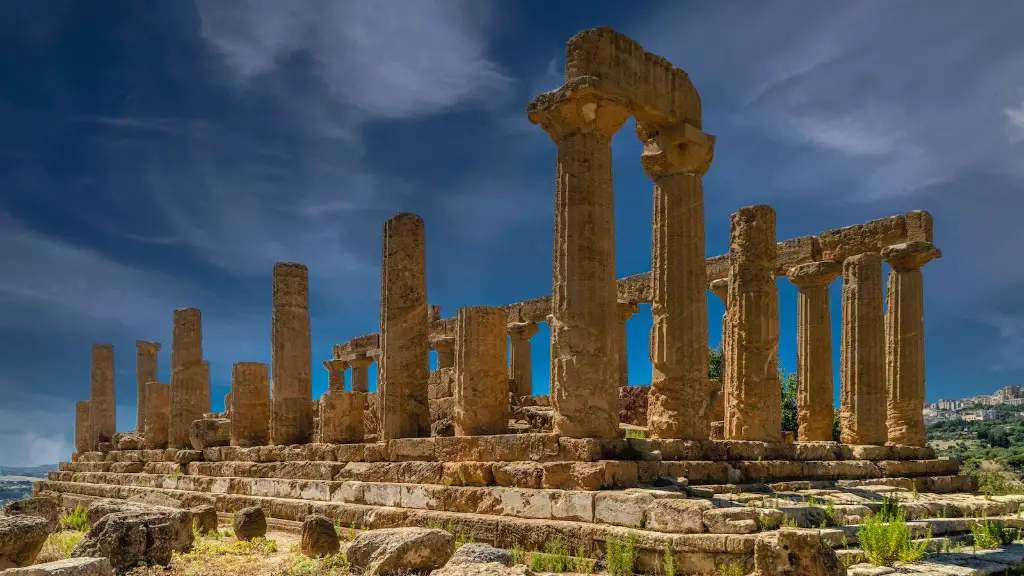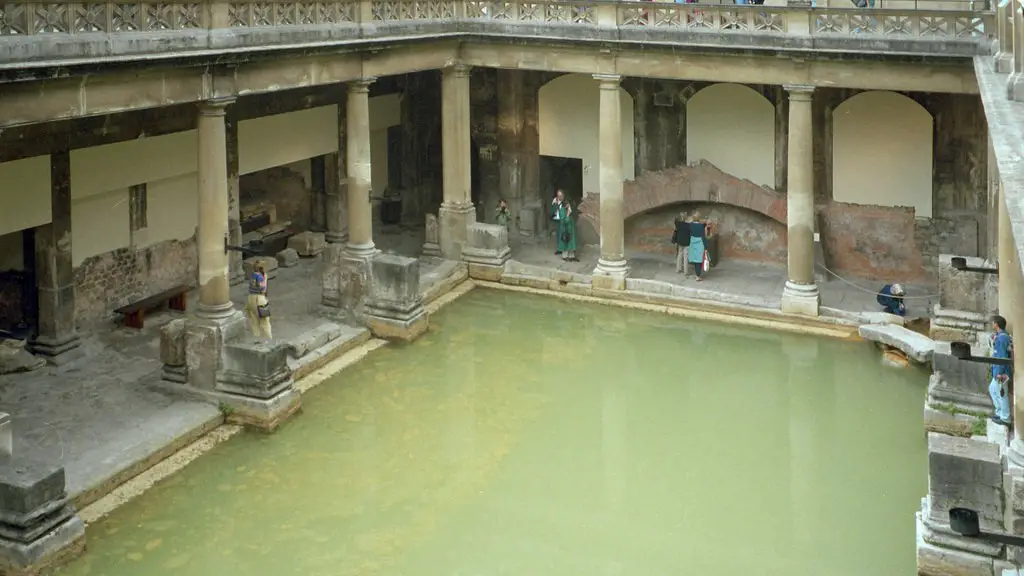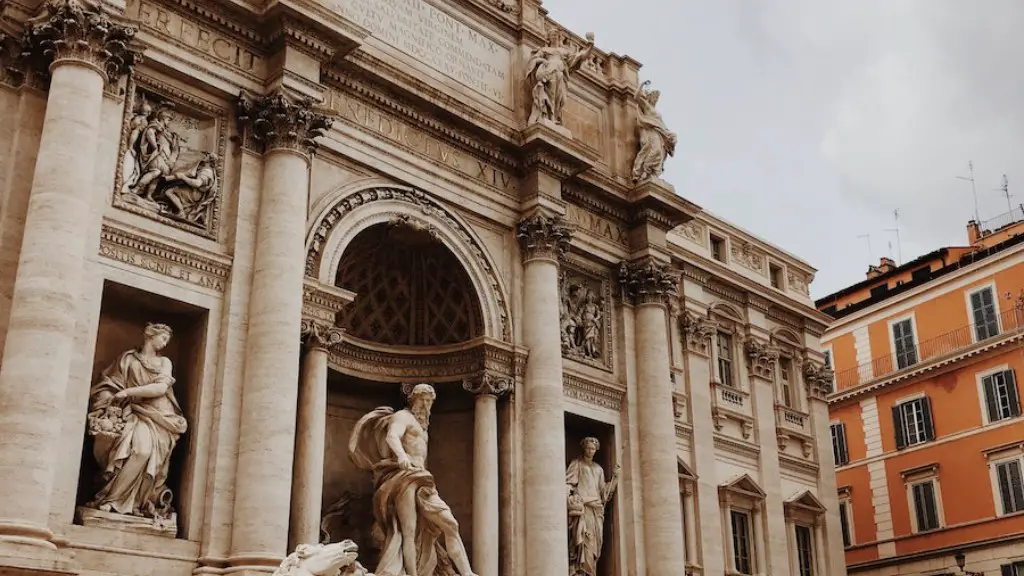Classical Education
Education in ancient Rome began at the age of seven and lasted until the age of twelve. Children of the nobility typically received a more thorough education than the peasantry. The basic education was mainly focused around the mastery of the Latin language which incorporated grammar and rhetoric. Boys of the upper classes would learn the languages, and gain an understanding of basic problem-solving. Ancient Roman schools provided intellectual as well as practical education and were typically run by private tutors.
Slave Education
Slaves in Ancient Rome were not generally provided with any formal education, with their owner usually deciding how their slave would be trained. Some slave owners viewed their slaves as means to bring in more money, so the training of their slaves would be more focused on particular skills and expertise that would be useful in the labour market. However, in some cases, slave owners would provide their slaves with some basic education that could include literacy and basic arithmetic.
Teaching Tools
As most of the education in Ancient Rome focused on language, writing was of paramount importance as a teaching tool. Writing materials were simple; usually a slate, stylus and wax tablets. Some students may have had access to parchment and paper depending on their socioeconomic status. Another common teaching tool was an abacus, a wooden board with counters, which was used to teach basic mathematical calculations.
School Habits
Schools in Ancient Rome had certain habits and protocols. Roman schools functioned on a strict hierarchy; the teacher gave commands, duties and punishments to the students, and the students followed blindly. Punishments could include beatings or financial removals. It was also common for teachers to criticize and mock students, which was viewed as a common punishment. Furthermore, schools were segregated in terms of gender, as it was believed that male and female students must be taught separately.
Teaching Methods
Teachers in Ancient Rome generally stuck to mental exercises as their teaching methods, rather than physical activities. The traditional teaching methods involved memorization, recitation and translation of Latin compositions. It was also customary for teachers to discuss philosophical themes such as rhetoric, politics, law and literature. For the most part, learning was done independently with students reading texts and commentaries.
School Buildings
Schools in Ancient Rome were usually situated in public spaces or private homes of teachers. Most Roman school buildings were simple in architecture and lacked chairs, which may suggest that most activities were done on the floor. It was believed that a noisy and crowded environment prevented distractions and disruptions. Each classroom was typically well-lit and equipped with books and other study materials.
Social Education
Education in Ancient Rome placed a certain emphasis on social skills as these were found to be as important as academic knowledge. Students were taught basic moral values, such as respect and obedience, and certain ceremonies and rituals. Students were discouraged from lying and cheating, and these values were even established in the legal system. Students were taught manners and customs of the era which included how to make speeches and proper dinner etiquette.
Creative Education
Creativity was also important in Roman education, as students were required to work on compositions, public speeches, poems, plays and other forms of creative works. Alongside their studies, music and art were also encouraged as students were taught instruments and encouraged to sculpt and create artwork that carried symbolic and moral messages. Additionally, public events such as chariot races were also regularly attended by students.
Sports Education
In Ancient Rome, physical education was important for those of the upper classes. Physical education or ‘gymnastics’ focused on strength, speed and agility. Popular sports included foot races, wrestling, long jump, discus, javelin and boxing. Physical education was viewed as a way to improve one’s physical and mental condition, as well as to teach discipline among the youth.
Online Education
While Ancient Roman education was mainly focused on physical and mental learning, this is not the case today. Online education is becoming increasingly popular in modern times as a flexible and convenient way to learn. Online education offers wider course selections than traditional attending school and enables students to learn at their own pace. With online education, students can also learn from experts from all over the world, which can be more advantageous than limited resources from a local school.
Employment Prospects
Employment prospects in Ancient Rome depended heavily on the type of education one had. Generally, those who had a good education were more likely to partake in politics, law or public service. For the more affluent members of society, it was relatively easy to find a job, while those of lower classes would have to settle for a manual labour job. However, literacy was valued among all people and there was a high demand for scribes and clerks.
Social Impact of Education
Education in Ancient Rome had a considerable impact on society as a whole. Education helped to disseminate information amongst educated people and allowed them to actively take part in the decision-making process. It also served to reinforce class divisions, as those of the lower classes had limited access to education. Furthermore, education made it easier for the elite to maintain their power and influence.
Conclusion
Overall, it is clear that education in Ancient Rome was highly valued, particularly for the upper classes. Most education focused on language and the humanities, with the emphasis placed on memorization and the mastery of the Latin language. Furthermore, education served to widen class divisions and to reinforce the elite’s power over the lower classes. A combination of physical and mental exercises were incorporated into the curriculum, alongside social and cultural etiquette.



